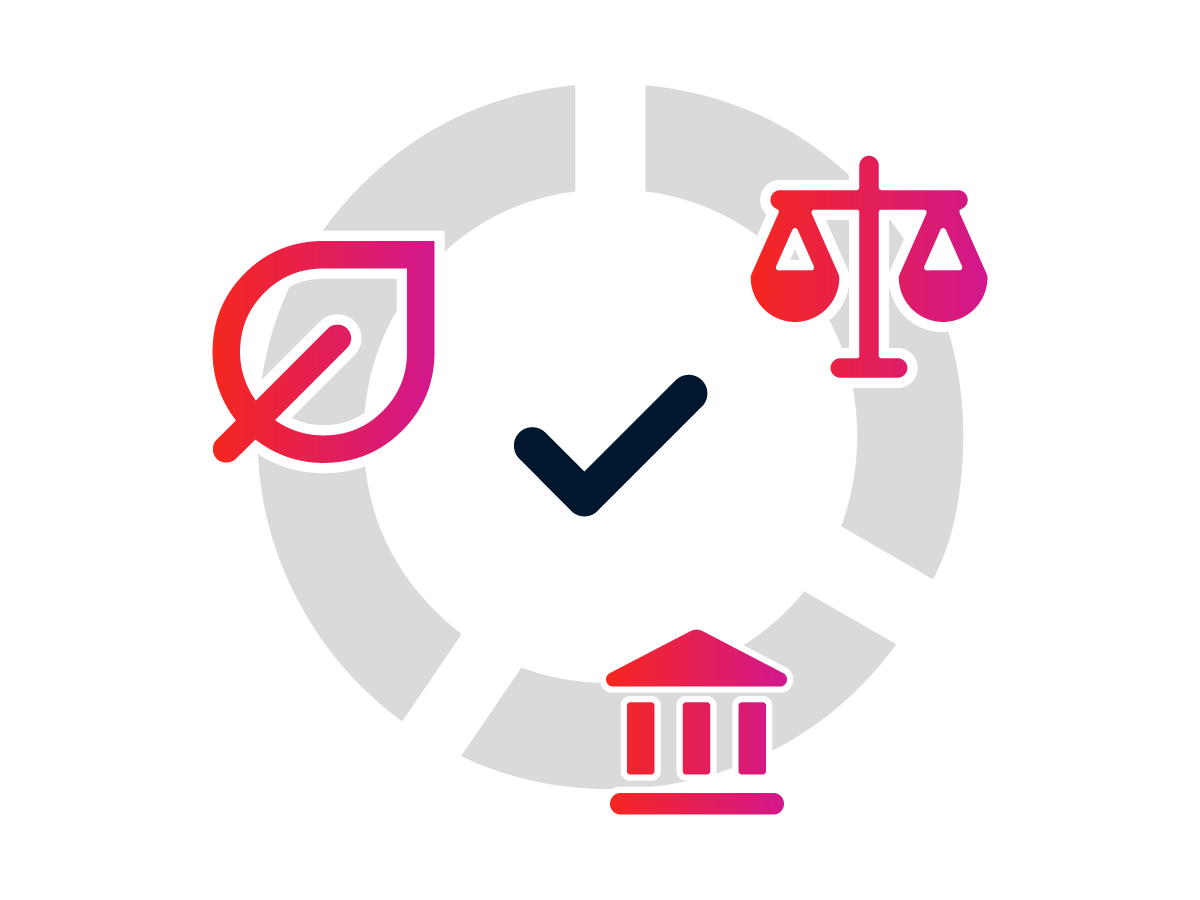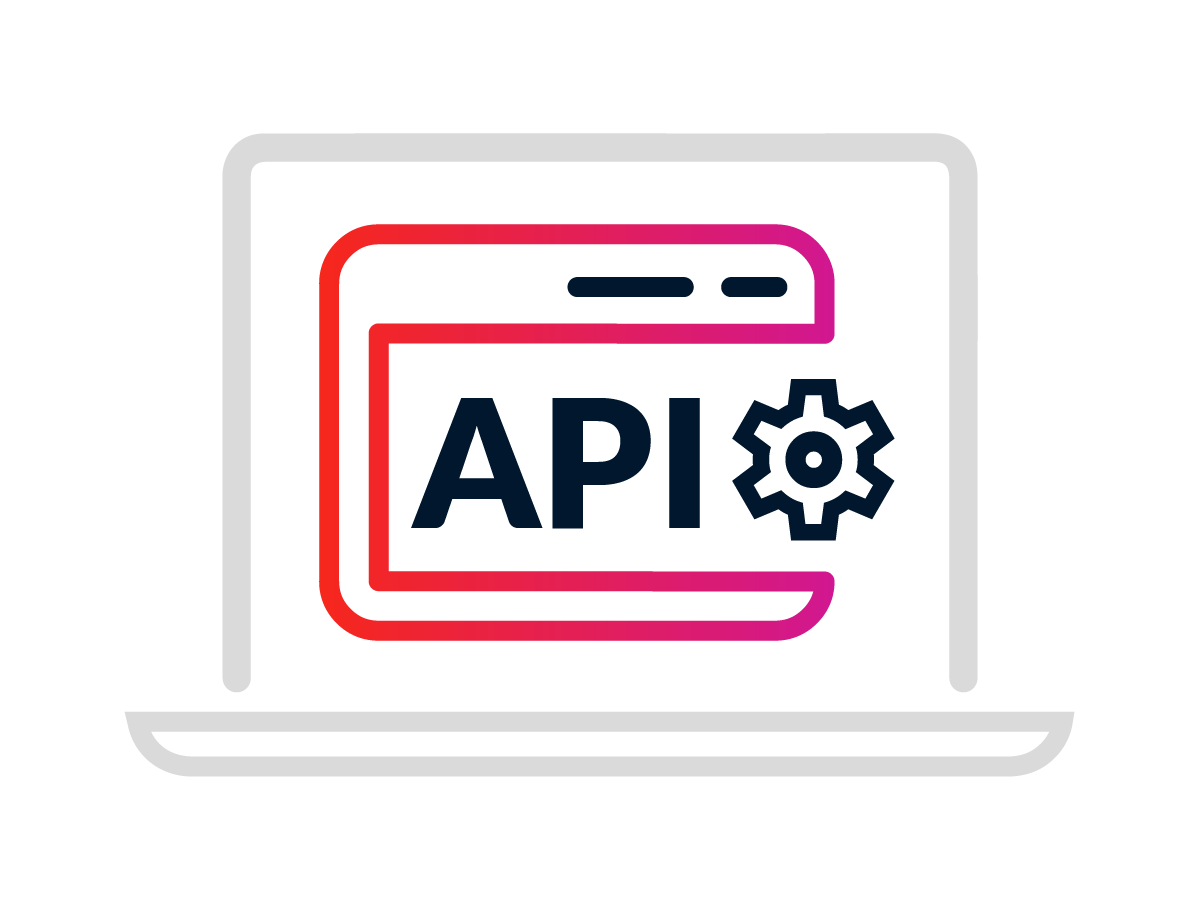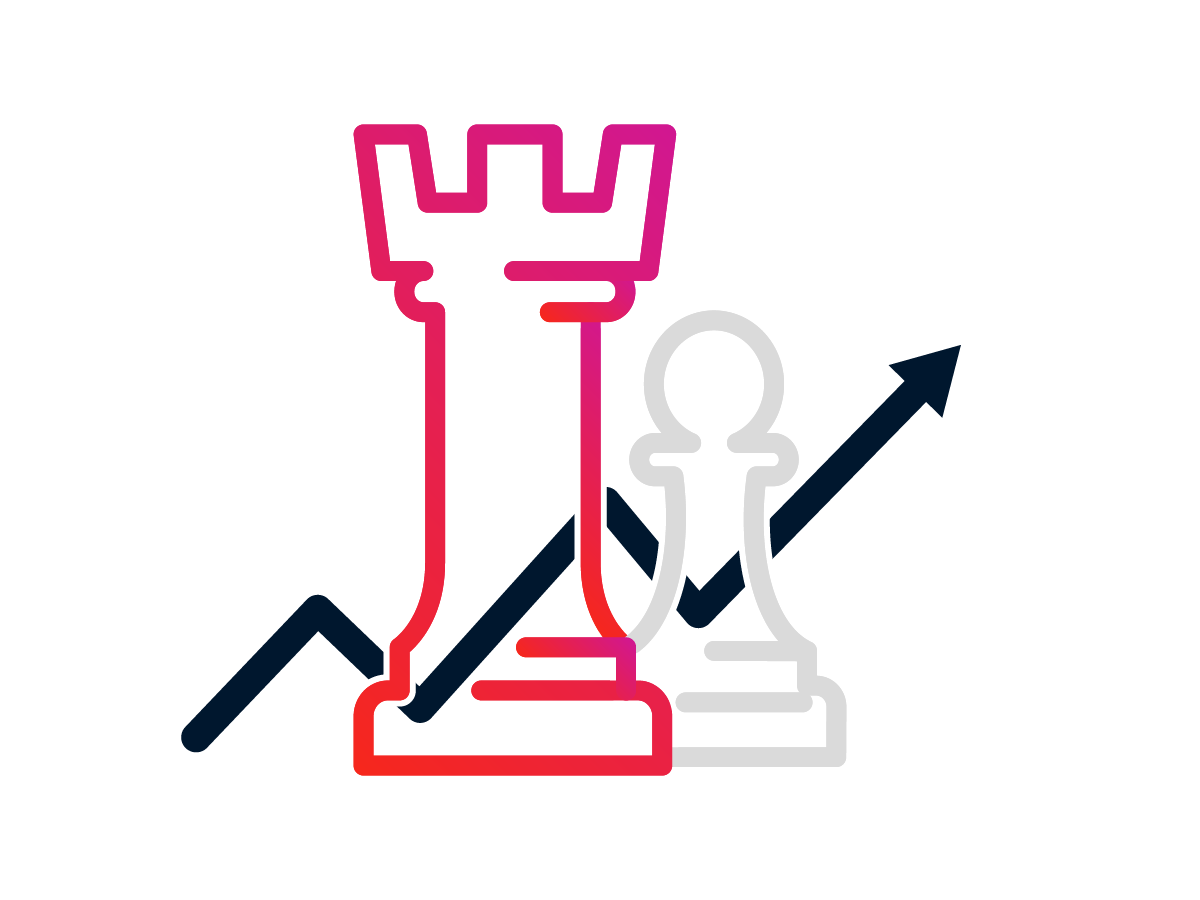Data analysis
Extract insights and patterns from diverse content to drive smarter, data-informed decisions.
Nexis Data+ is a data integration platform that connects licensed and open-web data to your AI, analytics, and compliance tools. Use accurate, reliable information to uncover insights faster, reduce risk, and make smarter decisions.

Access licensed news, company, legal, and regulatory content through a single, unified API. Nexis Data+ ensures every dataset is traceable and transparent, helping your organisation build trustworthy AI, meet compliance standards, and make confident decisions at speed.

Choose the delivery method that fits your workflow, whether real-time APIs, continuous feeds, or historical archives. Nexis Data+ simplifies integration, reduces development time, and supports innovation across analytics, AI, and GenAI initiatives.

Power high-impact initiatives such as risk detection, due diligence, and market analysis with clean, enriched data. Precision filtering by topic, geography, or entity keeps teams focused on what matters most, while advanced enrichment and taxonomy reveal patterns that lead to faster, more confident decisions.
Integrate rich, unstructured content into your data tools and AI models with ease. Nexis Data+ makes it simple to generate reports, train GenAI systems, and drive innovation, all powered by transparent, traceable data.
Extract insights and patterns from diverse content to drive smarter, data-informed decisions.
Power predictive analytics and pattern detection with real-world, API-delivered content.
Uncover new opportunities with trusted external data.
Enhance features and user experience by integrating relevant data into your tools.
Enable smarter collaboration by automating content delivery to portals, tools, and teams.
Use GenAI-approved data to transparently power, enrich, and scale internal language models.
Nexis Data+ supports professionals who rely on trusted external data to power analytics, AI, and decision-making. From data scientists and developers to consultants and compliance experts, our flexible API connects you to high-value, unstructured content, ready to use across workflows and applications.
Don’t see your role? Contact us to explore how Nexis Data+ can support your use case.
Explore high-quality datasets built for analysis, compliance, and AI development. Whether you need financial, legal, or news data, Nexis Data+ delivers licensed and open-web content at scale, through APIs or bulk delivery.

Access trusted, GenAI-ready datasets built for responsible AI development. Includes licensed global news from sources like The Associated Press, plus trade, government, and web content. Paired with company and financial data from Dun & Bradstreet and others—covering corporate structure, financial health, and key personnel.
Connect with a data expert to see how our data integration platform can deliver trusted, AI-ready content to fuel your analytics and innovation goals.